Hot humid summer days open up opportunities for early morning walks. There are some days, though, when early morning hours are hot and humid and the body and the mind resist and find excuses to stay within air conditioned comfort. In 2020, there are added reasons with Covid-19 and social distancing. In New Jersey, at the time of this writing in mid-July, it is generally accepted to be prudent and wear a mask or face covering even while out on a solitary walk, with runners and joggers, many young of age with a sense of immortality, who may run past you breathing heavily.
On one such early hot and humid Thursday morning, instead of walking I found myself sitting in air-conditioned comfort in front of my laptop, logged into Zoom and waiting to be connected to an ongoing discourse on Suresvara Ācārya’s Naiṣkarmya Siddhi by Swami Shantanandaji[1]. Thursdays are Guruvāra, Guru’s day and a good day to listen and reflect on Vedanta teachings from Adi Shankaracharya. While waiting for Swamiji to connect, I wondered what light would be shown to us through the discourse this morning.
Swami Shantanandaji is no more than 2 miles from where I am sitting and, in these Covid 19 days, we connect only online for the early morning discourse. This Thursday, Swamiji expanded on two key terms: cidābhāṣa and vṛtti which while not new in my many decades of study of Vedanta, are quite elusive to grasp and immerse and revel in for their full import. In the process of writing this post I am hoping to root these subtle concepts a bit deeper in myself.
Cidābhāṣa points at once to the human capacity to be self-aware (cit) and to the ability to experience a limited structured world (bhāṣa). For instance, I have the capacity to say “I am” to myself and, going further, I can also sense my own presence without using any language. That is what happens in my meditation seat: as I focus inwards, languaging drops away and, with it, thoughts disappear. There are moments when I only have a sense of being present. This sense of being present, without any thoughts, is cit, the capacity to be self-aware, presenting itself.
Such a sense of presence is momentary, fleeting, for me. Because, in the very next moment, the body intrudes and signals that it is thirsty or hungry. And like a mother reaching out to a child, this capacity of cit, to be aware, flows out to be entangled between solving the problem of overcoming the thirst or hunger and negotiation of the urgency of these signals with reveling in and extending the moments of being self-aware in meditation. In this moment, Cit energy (Cit śakti) flows away into the body and only the body and its particular problems exist. There is a limited sense (bhāṣa) that arises for those moments, that the body is all that exists and this limitation is false. But in that flow of Cit to the body, in these moments, the capacity to even explore the possibility that I am not limited to the body is not available.
The possibility of limitlessness, that I am not limited to my body, is what I am not capable of fully immersing, like water to a fish. The fish does not have knowledge of the vastness of the waters it is in; it may not even be aware that it is in something like water. The fish is an extension, and integral part, of the water ecosystem (before I do the ‘so also’ let me say I am alert to the limitations of this ‘fish in the water’ metaphor and use it only to help visualize what I share next). Like the fish, the human lives in an ocean, one of cosmic vibration which manifests itself as Cit śakti in the human body. In the process of manifestation, the property of connection with the ocean appears to be lost. So, Cit śakti gives us the capacity to be self-aware and also be aware, in a limited way, of the human body in which it manifests. But this dynamic awareness enabling energy, Cit śakti, that manifests does not allow for an easy connection back to its source, the ocean of cosmic vibrations.
What is this ocean of cosmic vibrations? One way is to describe it in terms of its properties: Sat-Cit-Ānanda. Sat is the property of being always and everywhere. One of the properties of satcitānanda is manifestation outside of space and time; it is not bound by space and time. We can, however, begin to sense its presence through certain of its properties. Just as we can sense the presence of water in the ocean, through its properties of wetness and its liquid flow, so also, can we sense the presence of Satcitānanda through two of its properties: the property of self-awareness, which is Cit, and the property of contentment, which is Ānanda. Our awareness capacity, Cit, is limited. We experience sukha (happiness) and duḥkha (sorrow), but rarely contentment, Ānanda. And because we are bound by space and time – we are a-sat (not sat). Here, in my meditation seat, in my own little personal reservoir of awareness, cit, is fed by a trickle from satcitānanda, but I cannot sense that connection. How do I get to this place, where I can begin to sense a connection with satcitānanda and, then, actually connect? This is where mokṣa śāstra comes into play, and to have a Guru guide you through the systemized process (śāstra) to connect with and immerse (mokṣa) in satcitānanda.
This is a good place to ask: what keeps us from beginning to focus our energies to seek this connection to Satcitānanda? Because of Vṛtti.
Vṛtti, the other keyword Swami Shantanandaji raised in his discourse that summer Thursday morning, is disturbance; a disturbance that causes ripples or a storm in the tranquility of the reservoir of Cit śakti in us. Much of the time, most of us have a disturbed Cit śakti.
The key Vṛtti generating factors are our desires to play in this material world. And at this particular period on Earth, in 2020, we have a pandemic triggering particular desires: to survive now and to continue to do so in the longer run, while we consume an overload of information on how to survive. Much, if not all, of our Cit śakti is spent on this so we can take precautions to be safe and healthy while anxiously worrying about our financial future. The opportunity, even momentarily, to use some of our Cit śakti to recall and reconnect with the Satcitānanda, is near zero. Unless, and this is a Big Unless, we are blessed with the opportunity to be in satsang with ācāryas who tirelessly and with complete focus, because of their sustained focus on Satcitānanda, we are effortlessly guided to re-focus on our interior self. That is what happens every time I have the opportunity to attend Swami Shantanandaji’s discourse on these Thursday mornings.
I will hazard a guess that the pandemic has helped many of us focus on a few things. In fact, in pre-pandemic times, many who may have been continually distracted pursuing the narrative of materialist modernity which shaped almost every waking moment of our lives, and in our dream are beginning to avail of the opportunity to seek satsang and become aware of ourselves.[2]
Ācāryas in the past have spoken of many veils that cloud our view of Satcitānanda. What materialist modernity has constructed over the past 400 years is not a veil but a reinforced fortress wall. Any attempt to scale this wall and turn inward is met with ignorance, since the language of modernity does not have embedded within guidance on Satcitānanda. Any sensibility that is not a part of the modern narrative is denigrated and without guidance to search inward, we are pulled relentlessly, by modern logic, narrative and theories, to find happiness by continually playing win-lose games in the material world of our senses and keep us engaged in this material endeavor.
In this context, I see Covid-19 as an opportunity to turn inward and find satsang, as these distractions have been temporarily brought to a standstill, to guide us to dismantle brick by brick, the wall that modernity has erected within us. That is what Advaita Vedānta can do: gently help deconstruct the modern logic and narrative that is holding us prisoner.
May many of us find our satsang soon. And at that satsang, may we find an Ācārya to begin guiding us to focus our Cit śakti, to begin connecting to Satcitānanda.
And just to close the loop, next time I go for a morning walk and a young person barrels down past me without a mask, I hope to be less fearful as I meditate on this connection, while taking precautions myself. I will think positive thoughts for the young runners and wish them well.
[1] Swami Shantanandaji is President of Chinmaya Mission West and resident Ācārya of Chinmaya Vrindavan, Cranbury, New Jersey.
[2] I have expanded upon this theme of the impact of modernity on human species in my essay: https://www.amazon.com/OUTSIDER-DECONSTRUCTING-EUROPEAN-ENLIGHTENMENT-Death-ebook/dp/B07RHVRV7V
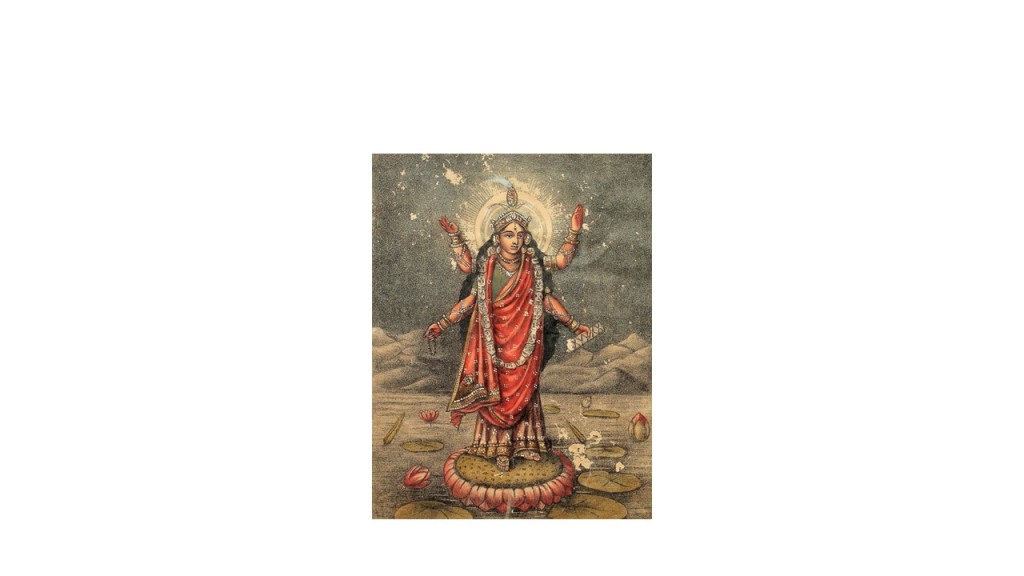

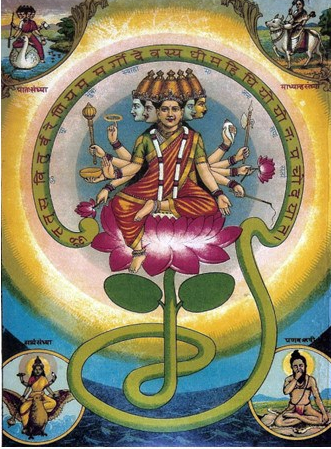
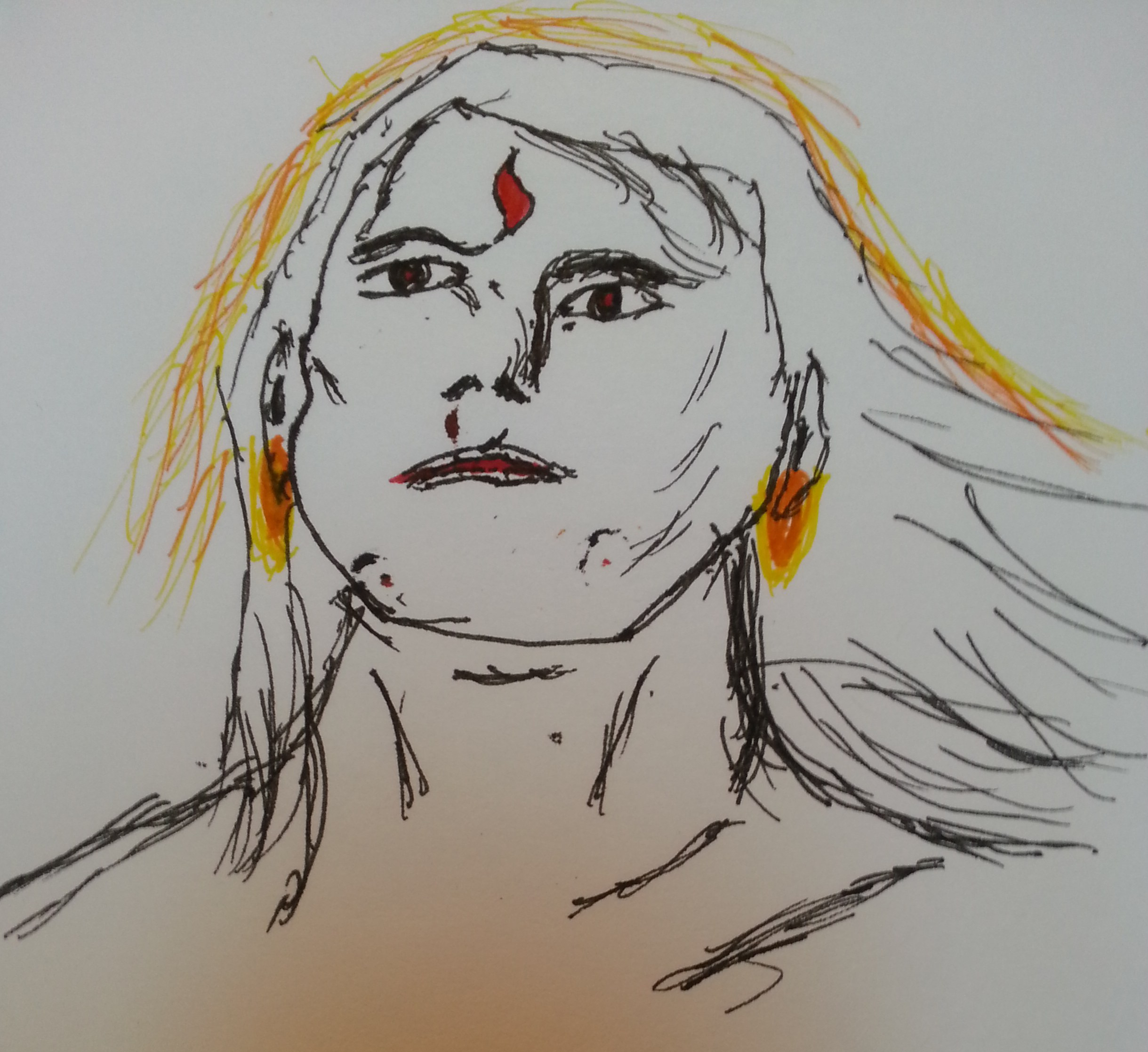
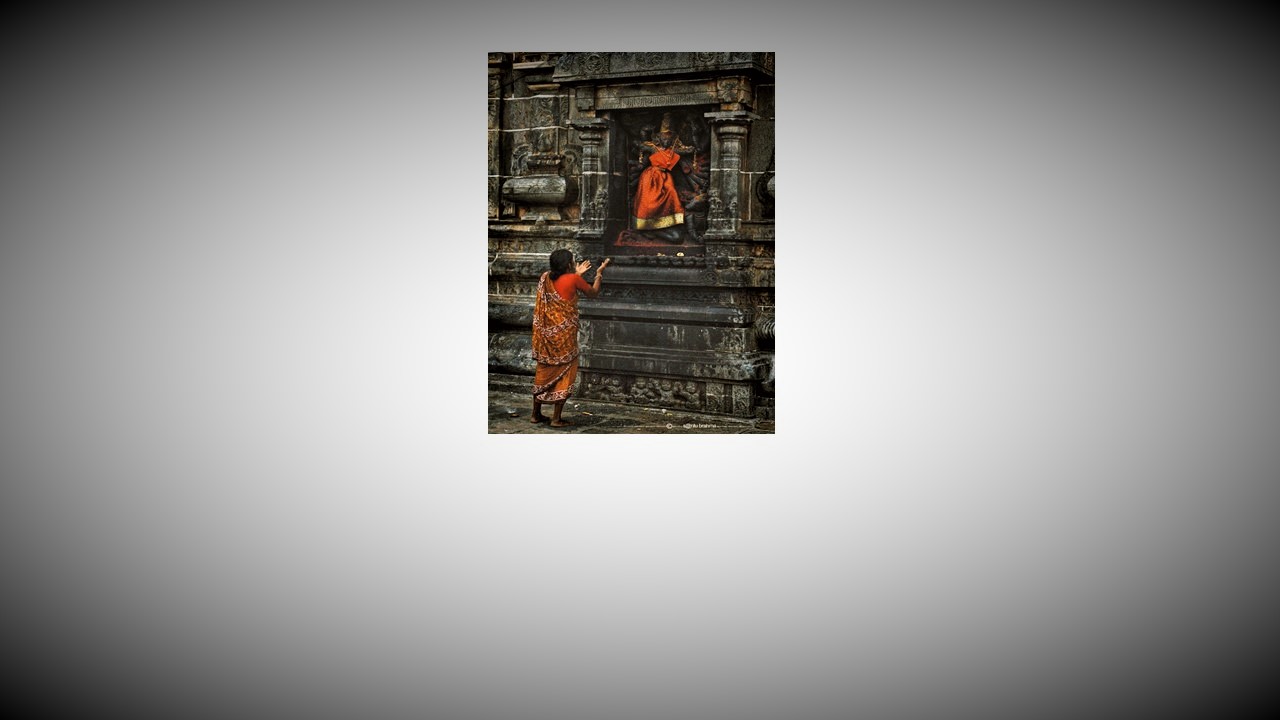
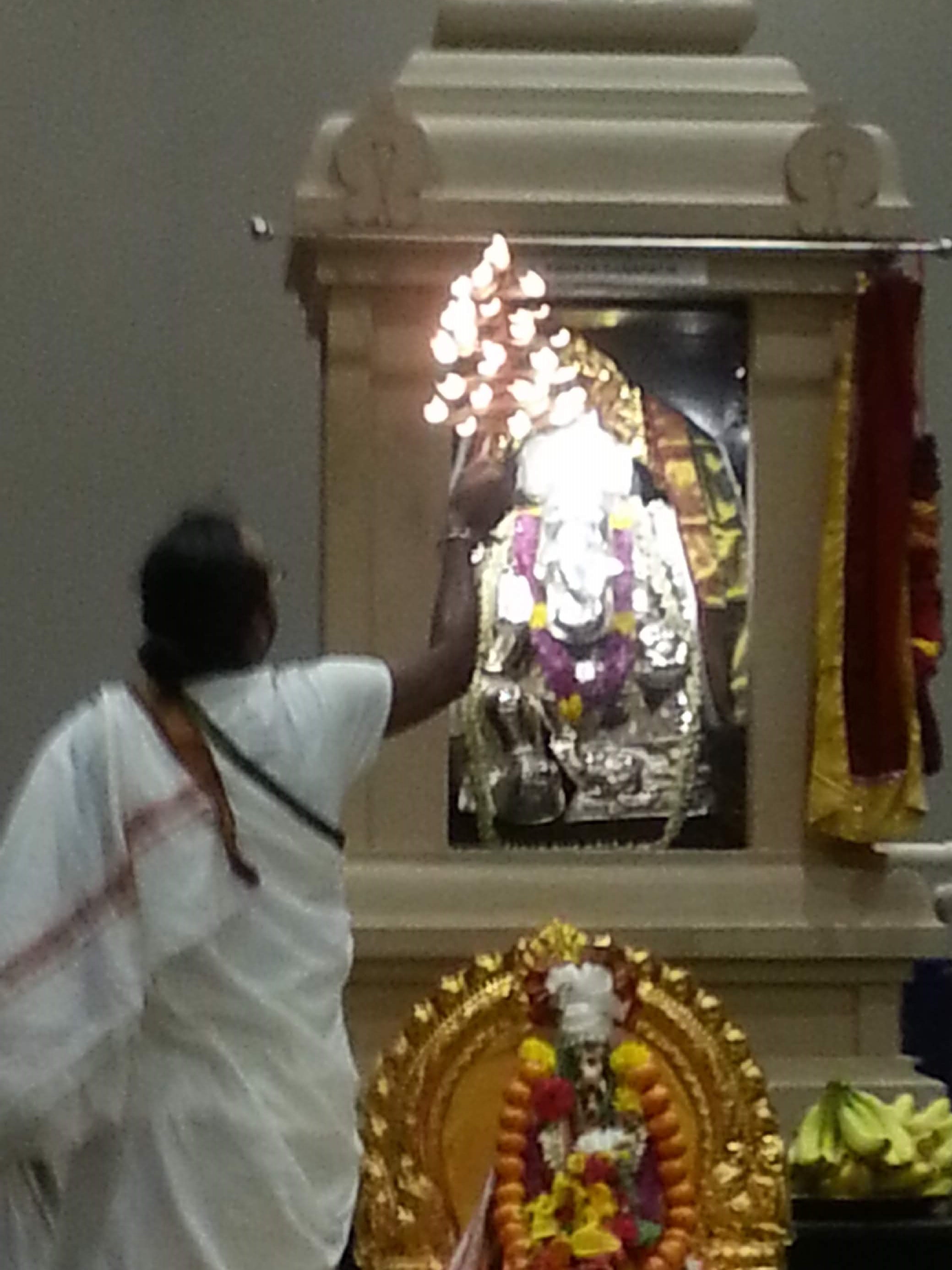



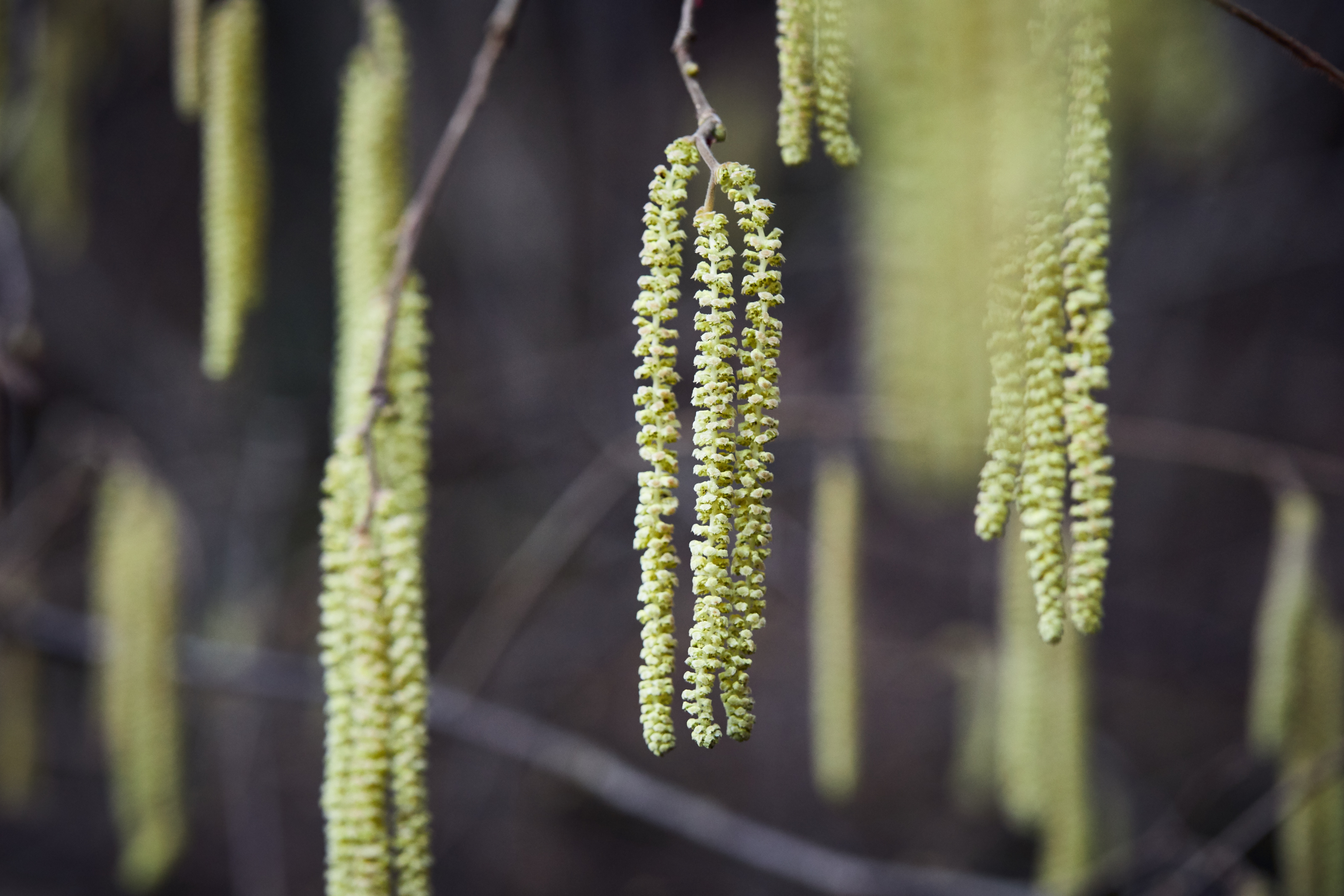
You must be logged in to post a comment.